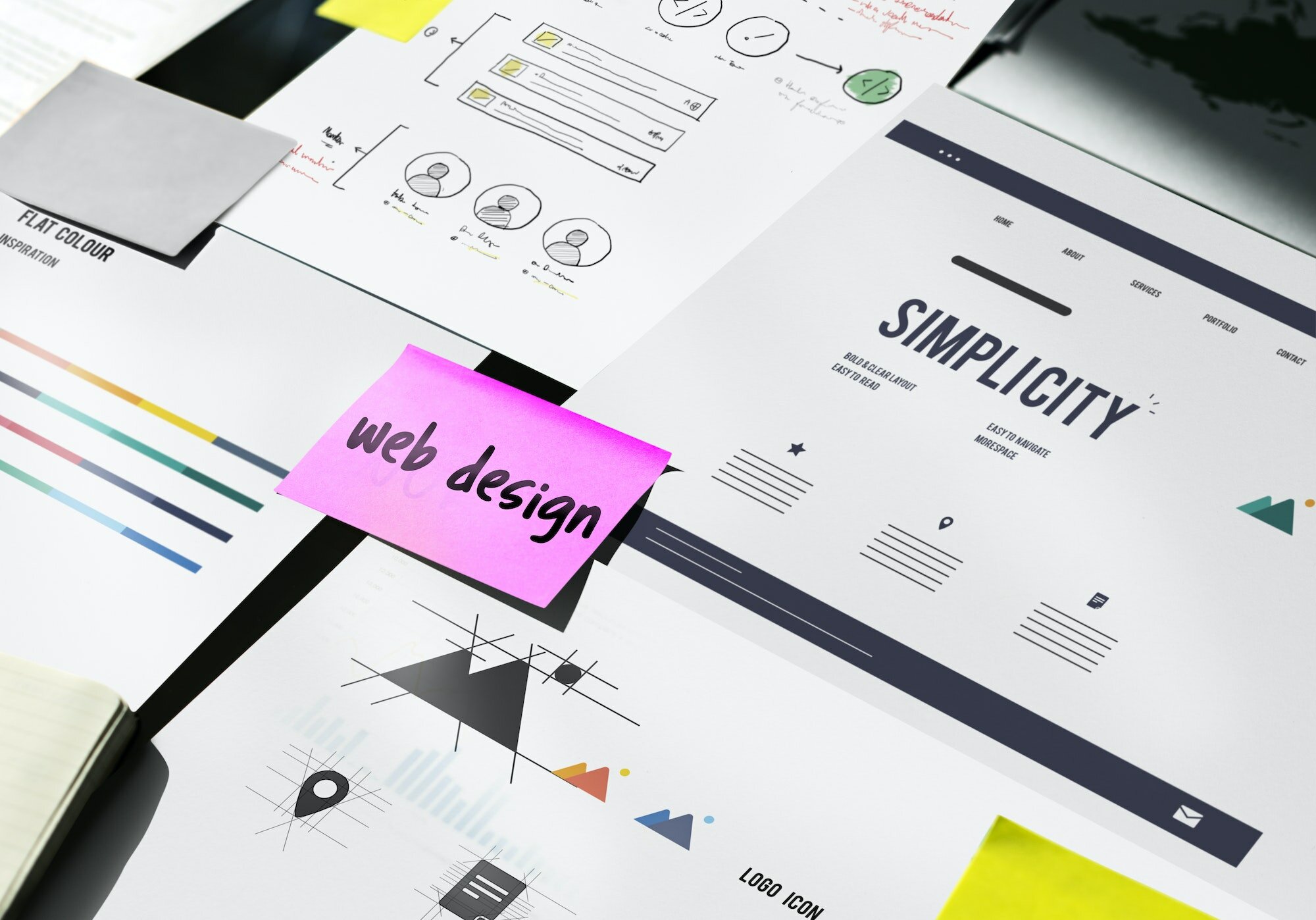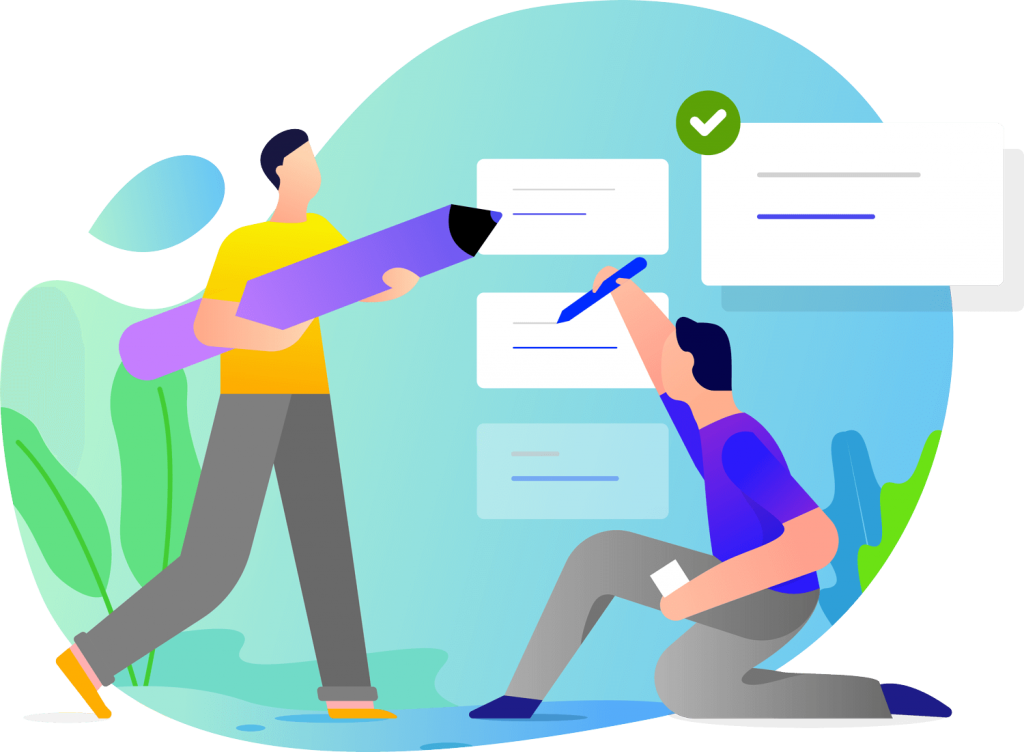Welcome to our definitive guide on essential tips for exceptional web design. In today’s digital era, a visually striking and user-friendly website is a non-negotiable requirement for businesses and individuals alike. In this article, we will delve into the key principles and practical techniques that will empower you to create remarkable web designs that captivate your audience. From understanding user experience to mastering layout principles, join us on this professional journey towards creating websites that truly stand out from the crowd. Let’s elevate your design skills to new heights and leave a lasting impression on every visitor.



Table of Contents
Toggle1. Understanding the Key Principles of Exceptional Web Design: A Comprehensive Overview
In the ever-evolving digital landscape, it has become crucial for businesses to set themselves apart from the competition with visually stunning and user-friendly websites. This section aims to provide a comprehensive overview of the key principles that contribute to exceptional web design. By understanding and implementing these principles, you can create a remarkable online presence that engages and delights your target audience.
One of the foundational principles of exceptional web design is a well-thought-out user experience (UX). This involves creating a seamless and intuitive navigation structure that allows users to effortlessly find the information they are seeking. By organizing your website’s content logically and incorporating clear, concise buttons and menus, you can guide visitors through their journey on your site. Additionally, incorporating responsive design ensures that your website adapts seamlessly to different devices, providing an optimal experience for both desktop and mobile users. Emphasize the importance of user-centric design and focus on providing valuable content that meets your visitors’ needs.
Another crucial aspect of exceptional web design is captivating visual aesthetics. Utilizing high-quality images and thoughtfully chosen color schemes can elevate the overall appeal of your website. Remember to maintain a consistent visual identity that aligns with your brand, while also incorporating modern design trends and elements. Moreover, typography plays a significant role in enhancing readability, so be sure to select fonts that are legible and appropriate for your website’s content. Incorporating engaging visual elements such as infographics or videos can further captivate your audience and effectively convey information. By combining these visual elements with a user-friendly interface, you can create an exceptional web design that leaves a lasting impression on your visitors.
2. Mastering User Experience (UX) Design: A Vital Aspect of Exceptional Web Design
User Experience (UX) design is a fundamental element in creating a website that not only looks visually appealing but also provides an exceptional browsing experience to users. A well-designed website understands the needs, behaviors, and preferences of its target audience, ensuring that each interaction is intuitive and seamless. With a focus on delivering an exceptional user journey, UX design encompasses a range of factors, including layout, navigation, and responsiveness.
To master UX design, it is crucial to begin by understanding the target audience and their goals. Conducting extensive research, such as user interviews and surveys, allows designers to gather insights into user preferences, pain points, and expectations. Armed with this valuable information, they can create user personas that represent the various segments of the target audience. By referring to these personas throughout the design process, designers can ensure they are meeting the unique needs and expectations of their users.
Another crucial aspect of mastering UX design is creating a clear and intuitive website structure. Effective navigation is key to guiding users through the website seamlessly, allowing them to find what they need quickly and effortlessly. This can be achieved through the use of logical hierarchies, intuitive labeling, and easily recognizable icons. Implementing unnumbered lists and incorporating bold elements can also help highlight important sections or key features, ultimately improving the overall user experience. Ultimately, mastering UX design is an ongoing process that requires continuous testing, iteration, and refinement to meet the evolving needs and expectations of users. By prioritizing the user and ensuring their needs are at the forefront of the design process, designers can create exceptional web experiences that leave a lasting impression.
3. Harnessing the Power of Visual Hierarchy: Techniques to Create Stunning Web Design
Visual hierarchy is an essential aspect of web design that can greatly enhance the overall aesthetic appeal and functionality of a website. By strategically organizing and presenting information through various design elements, designers can guide users’ attention and create a visually engaging experience. Here are some effective techniques to harness the power of visual hierarchy and create stunning web designs:
1. Size and Proximity: The size and placement of elements play a crucial role in establishing visual hierarchy. By using larger elements, such as headings and important information, designers can instantly draw attention. Placing related elements closely together within a layout also helps viewers understand their relationship and importance.
2. Contrast and Color: Utilizing contrast and color effectively can create visual impact and direct users’ focus. By using bold colors or contrasting hues, designers can make specific elements stand out, such as buttons or call-to-action sections. Using color to represent different levels of importance or categories can also help users quickly scan and understand the content hierarchy.
3. Typography and Font Weight: Choosing the right typography and font weight can contribute significantly to visual hierarchy. By combining different font sizes, styles, and weights, designers can highlight key information and create a flow that guides users through the content. Bold fonts are particularly useful in emphasizing important words or phrases.
4. Whitespace: Whitespace, or negative space, is an often underestimated design element that can effectively create visual hierarchy. By adding ample whitespace around important elements, designers can make them stand out and attract attention. Additionally, whitespace provides breathing room for viewers, improving readability and comprehension.
5. Use of Lines and Borders: Drawing lines or using borders can visually separate sections or emphasize specific elements. Horizontal lines, for example, can be used to guide users’ eyes from one section to another or to break up lengthy content. Borders, on the other hand, can be used to enclose important information or highlight specific areas within a design.
By employing these techniques and understanding the principles behind visual hierarchy, web designers can craft stunning websites that both captivate viewers and optimize usability. Remember, a well-structured and visually appealing design can greatly enhance the overall user experience and contribute to the success of a website.
4. Navigating the World of Responsive Design: Ensuring an Optimal Web Experience Across Devices
In today’s digital age, where users access websites from a multitude of devices, it is crucial for businesses to adapt to the ever-changing landscape of web design. Responsive design is the solution that guarantees an optimal browsing experience across various devices, from desktop computers to smartphones and tablets. By embracing responsive design, businesses can ensure that their website remains visually appealing and functional, regardless of the screen size or orientation.
When it comes to navigating the world of responsive design, there are several key considerations to keep in mind. Firstly, prioritizing mobile optimization is essential. As more and more users rely on their smartphones for browsing, it is imperative to create a seamless mobile experience. This can be achieved by employing a mobile-first approach, where the design and functionality of the website are crafted primarily for mobile devices, and then expanded to desktop screens.
Another important aspect of responsive design is the use of fluid layouts. Gone are the days of fixed pixel dimensions. Instead, websites should employ relative units and fluid grids that automatically adjust to fit different screen sizes. This ensures that the content is presented in an aesthetically pleasing and easily digestible manner, regardless of the device being used.
Additionally, it is crucial to consider the loading times of your website. Slow loading times can lead to frustration and high bounce rates. Therefore, it is recommended to optimize images, minimize JavaScript and CSS files, and leverage caching techniques to enhance the overall performance of the website.
In conclusion, embracing responsive design is no longer an option but a necessity in today’s digital landscape. By prioritizing mobile optimization, employing fluid layouts, and ensuring optimal loading times, businesses can provide a seamless web experience across devices, ultimately driving engagement and conversions.
5. Enhancing Web Design with Strategic Call-to-Actions and Effective Content Placement
In today’s digital landscape, having a visually appealing website is no longer enough to capture users’ attention. It is crucial to strategically place call-to-action (CTA) buttons and craft compelling content to enhance web design and drive user engagement. By incorporating effective CTAs and smart content placement, businesses can increase conversions, boost user interaction, and ultimately achieve their desired goals.
When it comes to incorporating CTAs, it’s important to consider their placement within your website’s layout. Strategically positioning CTAs can significantly impact user behavior. Placing them above the fold, where they are immediately visible without scrolling, can grab users’ attention and increase the probability of interaction. Additionally, using contrasting colors* for CTAs can make them stand out and entice users to click. However, remember to maintain visual harmony with your overall website design to ensure a seamless user experience.
Another critical aspect of enhancing web design through effective content placement is crafting compelling and persuasive copy. Content should be concise, yet informative, addressing the needs and pain points of your target audience. Utilize engaging headlines and subheadings to organize your content, making it scannable for users who often skim through web pages. Incorporate unnumbered lists to break down information into easily digestible chunks, making it more visually appealing and user-friendly. By utilizing these techniques, you can create a cohesive web design that captivates your audience and motivates them to take action.
Q&A
Q: What is web design and why is it important?
A: Web design refers to the process of creating and arranging visual elements on a webpage to enhance user experience. It is vital because a well-designed website can attract and engage visitors, establish credibility, and ultimately drive conversions.
Q: What are the key components of exceptional web design?
A: Exceptional web design encompasses several key elements, including intuitive navigation, responsive design, visually appealing layouts, consistent branding, optimized images and multimedia, clear and concise content, fast loading times, and effective use of white space.
Q: Can you explain the concept of intuitive navigation in web design?
A: Intuitive navigation ensures that website visitors can easily find the information they are looking for. This involves implementing clear and user-friendly navigation menus, using descriptive labels, utilizing logical hierarchies, and providing search features.
Q: Why is responsive design essential for websites?
A: Responsive design ensures that websites adapt seamlessly to different screen sizes and devices, including desktops, tablets, and smartphones. With the increasing use of mobile devices, responsive design is crucial for providing a consistent and optimal user experience across all platforms.
Q: How important is visual appeal in web design?
A: Visual appeal plays a significant role in attracting and retaining visitors. It involves using aesthetically pleasing color schemes, appealing typography, and high-quality images or graphics that are relevant to the content. Consistency in design elements throughout the website also enhances visual appeal.
Q: How can consistent branding contribute to exceptional web design?
A: Consistent branding helps to establish a strong identity for a website. By utilizing consistent colors, fonts, and logo placement, users can easily recognize and associate the visual cues with a particular brand or business.
Q: What do you mean by optimized images and multimedia in web design?
A: Optimized images and multimedia are essential for providing a fast-loading website. This involves compressing images to reduce file size without compromising quality, utilizing the appropriate image file formats, and using multimedia elements judiciously to enhance user engagement.
Q: Why is well-written and concise content important in web design?
A: Well-written and concise content improves readability and comprehension. It should be clear, easily scannable, and tailored to the target audience. Concise content helps visitors quickly grasp the main message or information without feeling overwhelmed.
Q: How does fast loading time impact web design?
A: Fast loading times are crucial for user experience and search engine optimization. Visitors tend to abandon slow-loading websites, leading to a higher bounce rate. Optimizing images, using caching techniques, and reducing unnecessary code can significantly improve loading times.
Q: Is the effective use of white space important in web design? Why?
A: Yes, white space, often referred to as negative space, is crucial in web design. It allows content to breathe and improves readability by providing visual separation between elements. Well-utilized white space enhances the overall aesthetic appeal and user experience of a website.
Remember, exceptional web design combines various elements seamlessly to create an engaging and efficient online presence. By implementing these essential tips, you can enhance the user experience, build credibility, and ultimately improve the success of your website or business.
Conclusion
In conclusion, mastering the art of exceptional web design is a journey that requires dedication, creativity, and a deep understanding of your target audience. By implementing the essential tips and techniques explored in this definitive guide, you are now armed with the knowledge to create visually stunning, user-friendly websites that will leave a lasting impact on your visitors.
Remember to always prioritize user experience, staying up to date with the latest trends, and regularly testing and optimizing your design. Pay attention to every detail, from typography and color palette to layout and navigation, as these seemingly small elements can make a world of difference in creating a seamless and captivating web experience.
While the web design landscape is constantly evolving, the fundamentals discussed here will serve as a solid foundation for your design endeavors. By constantly seeking inspiration, learning new techniques, and staying curious about emerging technologies, you will continue to grow as a web designer and push the boundaries of what is possible.
So, take this guide as your roadmap, and embark on your web design journey with confidence and passion. With the right mix of creativity, technical skills, and attention to detail, you have the power to craft exceptional web experiences that will not only mesmerize your audience but also leave a lasting impression on the digital landscape. Happy designing!





